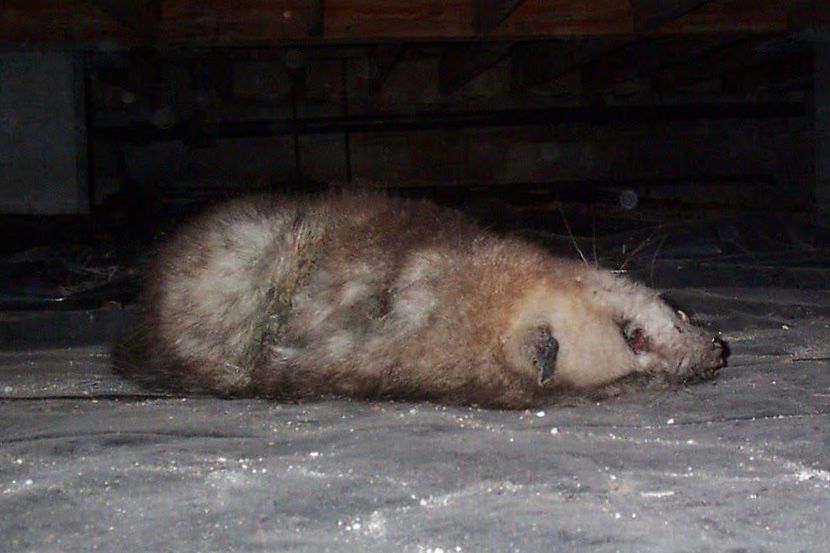
Dead animals are a problem that can affect many properties at times, and while the smell is often going to be one of the first signs can indicate the presence of a dead animals, a number of flies can also be an indicator. One of the most common questions that people will have is whether the flies come from the carcass itself, and they are parasites that hatch when the animal dies, or whether they are naturally all around, and are attracted by the carcass. However, one thing is certain, which is that if you don't try to deal with the dead animal, then those flies will be around for some time.
Where Do The Flies Come From?
Despite the impression that some people may have that flies are actually produced by the carcass itself, this isn't strictly true, as these are actually found around the world, and are then attracted to the dead animal. There are several different types of flies that can be attracted to these carcasses, and the key reason is that the decaying flesh provides a wonderful source of food which the flies can feed upon. These flies will then lay eggs on the carcass, which will feed until they grow into large adult flies, and then start to explore their surroundings looking for other dead animals on which to feed.
How The Flies Grow On The Carcass
The female flies will have a tremendous sense of smell, and in some cases they are known to be able to identify the presence of a dead animal within twenty minutes of the animal taking its last breath. It will then lay up to 200 eggs on the carcass of the animal, with the larvae hatching within a couple of hours, before feeding on the carcass, and then pupating after around a week. With the process happening very quickly, it is easy to see how a dead animal can soon have a large number of flies feeding on it. It also explains why people think that the flies come from the carcass, as they will quickly have so many flies present.
Dealing With A Dead Animal
In order to get rid of the flies, it is important that you deal with the carcass promptly, and the longer that it is allowed to decay then the more flies will be left in the area when you have removed the carcass. The first step is to make sure you are protected by wearing long sleeved clothes, gloves and a mask over your mouth to protect you from any diseases that could be caught from the dead animal. Unless it is a large animal which will need a sturdier container such as a large plastic box, in most cases you can place the carcass and carry it in garbage bags, although it is best to double bag these as a precaution. The carcass should then either be incinerated or buried where it cannot be a nuisance to others.
Preventing Future Pest Animal Problems
The more attractive that your property and the area around your property is to wild animals, then the more likely you are to have to deal with an animal carcass at some point. There are several steps that you can take to make the area less attractive to these animals, and dealing with food sources is one good way, by making sure garbage and pet food stores are kept indoors in sturdy containers, and removing any fallen fruit from trees in the garden promptly. You can also remove any potential sources of cover for the animals, such as wood piles, shrubs with low hanging branches and plants that are in contact with the property.
Go back to the deadanimalremoval.org home page.
Copyright 2021 - deadanimalremoval.org
Nationwide Dead Animal Removal